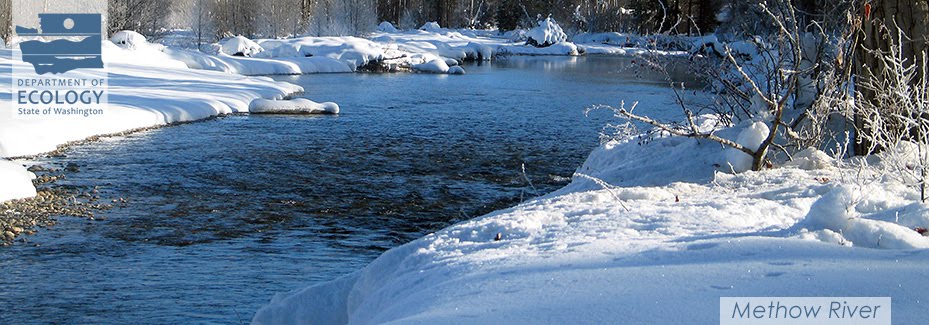By Dan
Partridge, communications manager, Water Resources Program
If you look
out your window in Western Washington, see the rain pouring in the street or
the flooding in your neighborhood, it’s a no brainer: our historic drought must
be over.
But it is a
different picture east of the Cascades, which remains in extreme or severe
drought, according to the U.S. Drought Monitor.
The Drought
Monitor uses different criteria for determining the severity of a drought –
such as soil moisture – than we do at Ecology because our criteria is set in
law. The monitor, however, is one of several tools state agencies use in
determining where and when to declare a drought emergency and when to lift that
declaration.
A drought emergency
declaration is important because the law requires that we issue one before we
can commit any state funds to drought relief projects. This year Ecology has spent or committed almost
$5.6 million of $16 million allocated for drought relief projects by the
Legislature for use over two years. Those projects include repair and
replacement of failing wells in communities across the state and improving
water delivery systems for irrigation districts.
This week Ecology’s
Water Supply Availability Committee (WSAC) met to debate the future of the
statewide drought declaration, which expires Dec. 31. WSAC is composed of state
and federal agencies that monitor state water supplies. Committee members shared
information on snowpack accumulations and stream flows, temperature and
precipitation forecasts for the winter.
Current water supplies and
anticipated hardships must be considered
Determining
if the drought declaration should be extended, at least in certain areas of the
state, is more complicated than it might seem.
State
law allows Ecology to declare a drought emergency if a geographical area is
experiencing or is projected to experience a water supply that is below 75
percent of normal and water users in that area will likely incur hardships from
a water shortage.
Snowpack that accumulates over the winter and then melts slowly over
the spring and summer provides the run-off that is the primary water supply for
most of our rivers and streams. In this
year’s “snowpack” drought, snowpack accumulations were way below normal, and
higher than normal temperatures pretty much melted what snowpack we had before
the first of June.
As we approach
the holidays, an El Nino weather pattern is expected to bring warmer than
normal temperatures and below normal snowpack over the winter. Our average
statewide snowpack is 56 percent of normal, compared to 49 percent of normal at
this time last year. Conditions and forecasts similar to those at this time
last year produced our statewide drought.
Decision important to agriculture and
the state economy
Making the right
decision on extending our drought declaration is particularly important to the
agricultural industry, which contributes $10 billion annually to the state
economy. This year irrigation districts cut back water allotments to farmers in
the Yakima basin, our most productive agricultural region, and water shortages
statewide resulted in millions of dollars in crop losses. Ecology is preparing to help farmers avoid
another year of extensive crop losses and if, when and where the drought
declaration is extended will make a difference in providing drought relief.
The decision on
extending our drought declaration will be decided by Gov. Inslee. He will be
advised next week by his Cabinet-level Executive Water Emergency Committee
working from this week’s WSAC
reports.


No comments:
Post a Comment